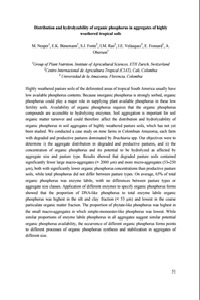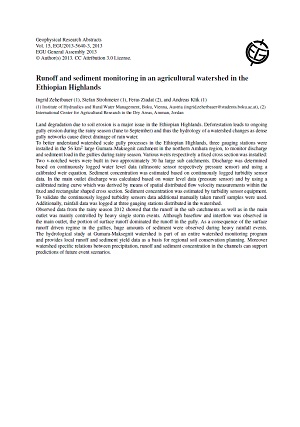Changes in woody species composition following establishing exclosures on grazing lands in the lowlands of northern Ethiopia
Restoring vegetation in low rainfall areas is difficult and urges the need to design an effective and low-cost method of vegetation restoration. This study was undertaken in the lowlands of northern Ethiopia to: (1) investigate how exclosure age affects restoration of degraded native plant species richness, diversity and aboveground standing biomass, and (2) identify soil characteristics, which affect effectiveness of exclosures to restore degraded native vegetation.







